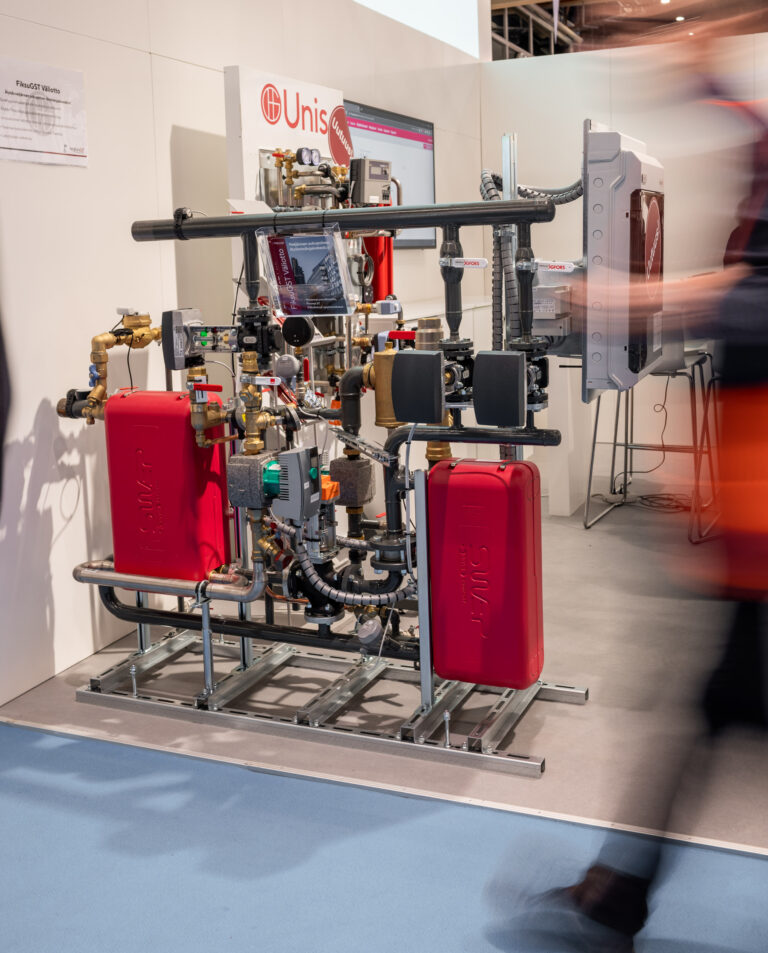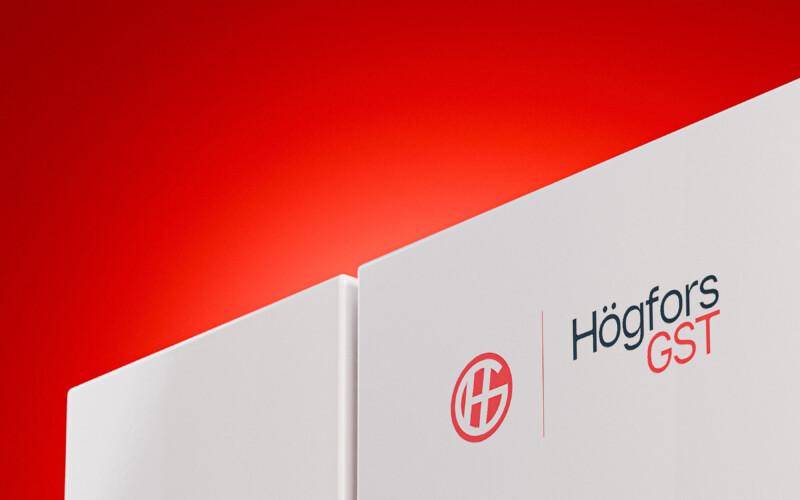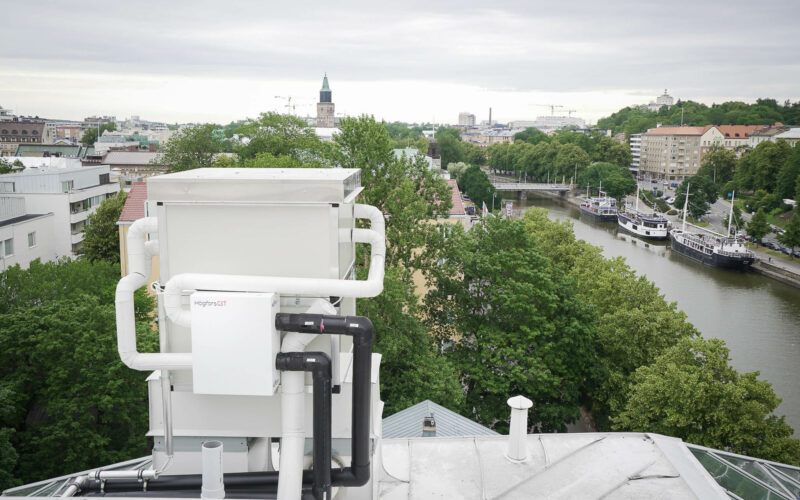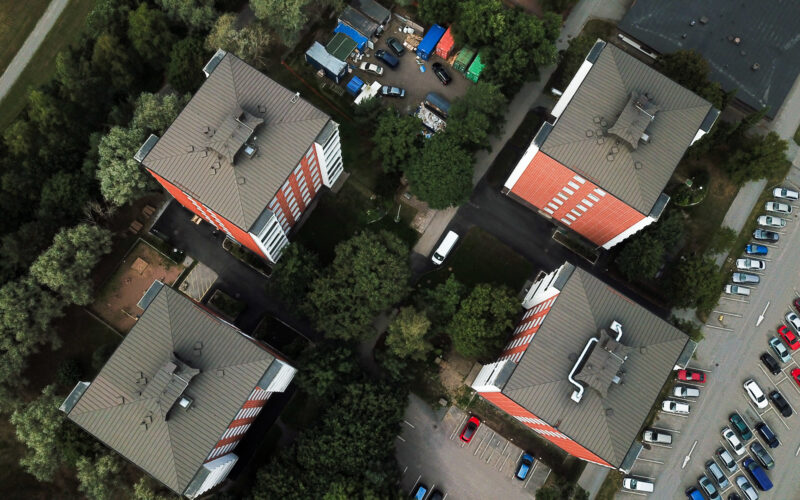The Mid-Cooling Connection (MCC) is a patented solution developed by HögforsGST that enhances district heating efficiency and, as a result, boosts the energy efficiency of the whole system. This article answers the most frequently asked questions about MCC!
The Mid-Cooling Connection was selected as one of the top eight candidates in the Finnbuild Highlights 2024 competition. Learn more about the Highlights competition here.
What is the Mid-Cooling Connection (MCC)?
The MCC is a connection model developed for district heating substations. In this model, district heating water is utilized in three different stages before being returned to the district heating network. This enables more efficient energy use and improves district heating cooling, i.e., the return water temperature, by up to 10°C.
The MCC is a system composed of a specially designed heat exchanger, piping, and a three-way valve that regulates internal flows within the district heating substation.
How does the MCC differ from other substation connections?
Single-phase connection
In traditional district heating systems with a basic single-phase connection, district heating water flows directly through a heat exchanger into the building’s heating system and then returns to the network. Here, the energy in the district heating water is only used at a single point.
Two-phase connection
The two-phase connection is a more advanced option. Energy is used in two stages: in the heating circuit and for preheating domestic hot water.
Mid-Cooling Connection (MCC) – three-phase connection
In the MCC, heat is first used in the domestic hot water exchanger, then in the heating circuit, and finally for preheating domestic water before being returned to the district heating network.
For which substations is the MCC available?
The MCC is available for HögforsGST’s FiksuGST and HybridREADY substations. These substations feature an intelligent Fiksu Control System, which optimizes both the MCC and the entire heating system.
The MCC can also be installed in other HögforsGST substations with sufficient automation capabilities. The substation requires a Fiksu or similar freely programmable controller to operate.
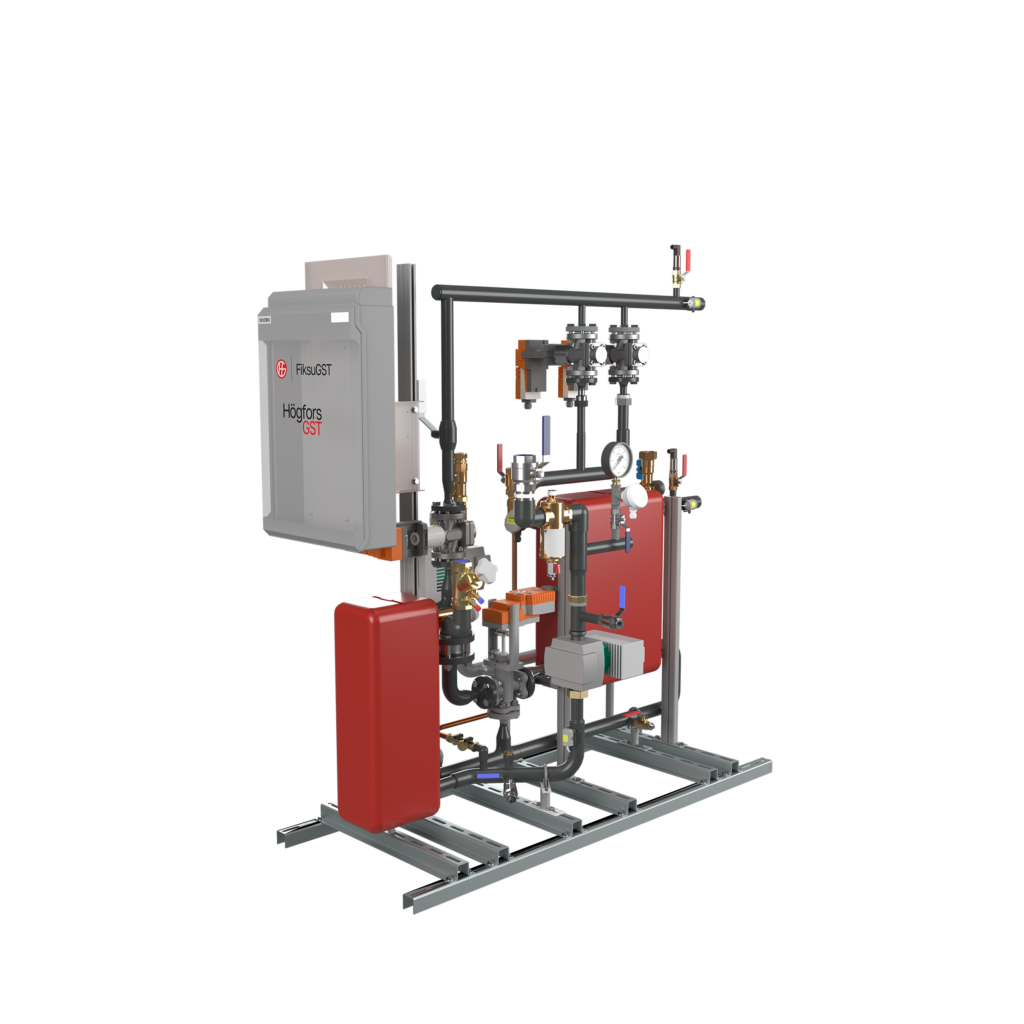
FiksuGST substation
FiksuGST is a new generation substation that meets the future requirements. Equipped with a comprehensive remote control system, FiksuGST improves the property’s energy efficiency by up to 15% and enables lower life-cycle costs.
What is Delta T, and how does it affect the heating bill?
Delta T refers to the temperature difference between the water entering the building and the water leaving it. Delta T measures how efficiently heat is transferred to the building through the substation. The cooler the return pipe, the better, as a lower return temperature indicates that heat has been efficiently transferred from the district heating water to the building.
Many district heating companies account for Delta T or return temperatures in the heating bill, offering rebates to customers who achieve particularly low return temperatures.
How does the MCC affect the operation of the heating system?
Since the MCC uses the energy in district heating water more efficiently, the building’s heating needs can be met with a smaller amount of district heating water. In other words, each liter of district heating water flowing through the substation delivers more energy to the building.
The building’s energy consumption, measured in megawatt-hours, remains the same, but the required flow rate of district heating water is lower. For example, if the return water temperature is reduced from 50°C to 44°C, the necessary flow rate decreases by 17%.
What savings does the MCC offer property owners?
With the MCC, property owners can save thousands of euros annually. The potential savings largely depend on the pricing model of the local district heating company. For example, Seppälän Liiketalo Oy in Jyväskylä saves up to one thousand euros per year thanks to the pricing scheme, which incentivizes better return temperatures.
If the district heating company’s base charge is based on water flow, the MCC can reduce the flow rate and, consequently, the base charge. In the above example, a 6°C improvement in cooling reduces the required flow rate by 17%. This has a direct impact on the base charge for district heating.
Who is the MCC best suited for?
The MCC is suitable for nearly all buildings with a circulating domestic hot water system. It is particularly well-suited for terraced houses and larger buildings. The MCC can be applied to new buildings and retrofitted in older properties.
How much does the MCC cost?
The exact costs vary depending on the specific project, but the additional cost is roughly a few thousand euros. However, this additional investment quickly pays itself through the resulting cost savings.
How does the MCC benefit the district heating system on a larger scale?
The MCC supports the transition to fourth-generation district heating (4GDH), which aims to reduce combustion-based energy production. The MCC enables lower temperatures in the district heating network, improving the utilization of waste heat and other renewable energy sources.
The MCC can significantly improve district heating energy efficiency by lowering the return water temperature. According to a study by AFRY, a 1°C reduction in return temperature increases district heating system efficiency by about 1%.
Lower return temperatures also reduce pumping costs and heat losses, improve the efficiency of flue gas scrubbers, and enhance electricity production in combined heat and power plants.
How is the MCC controlled and managed?
The MCC operates with HögforsGST’s Fiksu Control System, which automatically optimizes the heating system’s performance. The system provides property owners a clear view of consumption data and acts as a data bridge to the district heating company.
The MCC can also be installed in substations with a similar freely programmable controller and automation capabilities.
The Mid-Cooling Connection offers significant advantages in improving energy efficiency and is a crucial component in the future of district heating. MCC technology can be an excellent choice if you are planning a system upgrade or constructing a new property.
Contact our sales team and request a quote for a substation equipped with a Mid-Cooling Connection!
